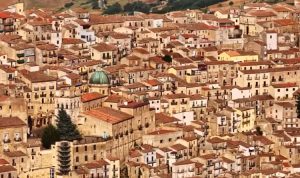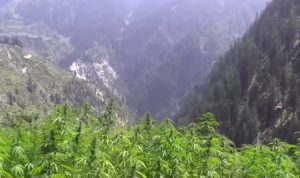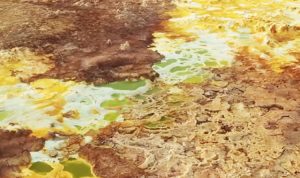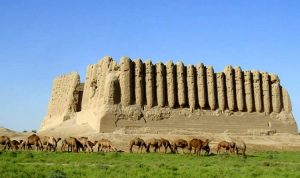APRIMITIVEPLACE – Guinea Papua, a region stretching from the snow-capped peaks of the Jayawijaya Mountains to the foamy waves of the Raja Ampat archipelago, is home to a rich and layered history. This land is not just a stunning natural landscape, but also a container of ancient civilizations, traces of European explorers, and a long struggle for independence. Let us trace the passage of time and uncover the secrets of this country at the eastern tip of the Nusantara.
Traces of Ancient Humans and Creation Myths
It is estimated that humans have been living in Guinea Papua since 50,000 years ago. They migrated from Southeast Asia and the Melanesia Islands, bringing with them unique cultures and diverse languages. Archeological evidence found at sites such as the Baliem Valley and Yoboi Cave, in the form of stone tools, cave paintings, and ritual artifacts, are silent witnesses to a prosperous and ritual-filled prehistoric life.
The creation myths of the various tribes in Guinea Papua also reflect their close relationship with nature. The Biak tribe, for example, believes that their ancestors were stranded on Sarwambo hill after the flood receded. While the Dani tribe of the Baliem Valley has a legend about the angkasaow creature that lowered the first human to the top of Mount Trikora.
The Arrival of Explorers and the Colonial Period
Contact with the outside world began in the 16th century, when Portuguese sailor Francisco Serrão landed on the island of Biak. It was followed by Spanish, Dutch, and British explorers who were interested in the natural wealth of Papua, especially the birds of paradise and spices. The name “Guinea” itself is thought to have come from the Portuguese name for the inhabitants of the Raja Ampat Islands, who were known as “Papous” or “Curly People.”
For nearly 300 years, Guinea Papua went through a colonial period under the Dutch, German, and British. The influence is evident from the old European-style buildings in cities like Jayapura and Manokwari, as well as the adoption of Christianity by some of the population. However, this period was also marked by the exploitation of natural resources and conflict with the local population.
The Struggle for Independence and Modern Papua
The desire for independence grew stronger after World War II. Liberation movements emerged in Papua, such as Papua Merdeka led by Rev. Frits Kiriwar. At its peak, in 1962, through the Act of Free Choice (Pepera), the western part of Guinea Papua chose to join Indonesia. The eastern part became the independent nation of Papua New Guinea in 1975.
Despite being part of Indonesia, Papua still faces challenges in terms of development, welfare, and separatist conflict. The government is working to improve infrastructure and community empowerment, but issues such as environmental justice and the rights of indigenous Papuans are still hotly debated.
Cultural Heritage and Natural Charm
In the midst of its complex history, Guinea Papua remains a rich country. The diversity of tribes and cultures, with war dance rituals, wood carvings, and traditional songs, is an invaluable heritage. Its stunning natural beauty, from eternal glaciers to rainforests and white sandy beaches, attracts tourists from all over the world.
The story of Guinea Papua is a story of courage, diversity, and struggle. A story of humans and nature intertwined, a story that continues to be written today. By understanding its past, we can appreciate the Papua that is before us, and contribute to its brighter future.







